Oil pulling, an ancient Ayurvedic practice, has recently resurfaced in popular wellness circles as a natural method to enhance oral hygiene. Advocates claim that swishing oils like coconut, sesame, or sunflower in the mouth daily can whiten teeth, reduce plaque, and even improve overall systemic health. But how much of this practice is grounded in science, and what are the potential risks and limitations? This article delves deep into the mechanisms behind oil pulling, evaluates the current scientific evidence, outlines its benefits and risks, and offers practical guidance for those considering incorporating it into their daily routine.
1. Understanding Oil Pulling: History and Practice
Oil pulling, traditionally known as Gandusha in Ayurveda, dates back over 3,000 years. It involves swishing a tablespoon of edible oil in the mouth for 10–20 minutes before spitting it out. Historically, it was promoted as a holistic therapy not only for oral health but also for detoxifying the body and improving vitality.
Modern proponents emphasize its simplicity and natural approach, positioning oil pulling as a complement—not a replacement—to regular brushing and flossing. The common oils used include:
- Coconut oil: Known for its antimicrobial properties and pleasant taste.
- Sesame oil: Traditionally favored in Ayurvedic practice for oral health.
- Sunflower oil: Mild, widely available, and historically used in Indian oral care routines.
The technique typically involves:
- Taking 1 tablespoon of oil.
- Swishing it gently through the teeth and around the mouth for 10–20 minutes.
- Spitting the oil into a trash receptacle (not the sink to avoid clogging pipes).
- Rinsing with warm water and brushing teeth afterward.
2. The Mechanism of Action: How Oil Pulling Works
While oil pulling seems simple, the proposed mechanisms of its oral benefits are multifaceted:
2.1 Lipid Binding and Plaque Removal
The swishing motion helps oil penetrate biofilms on teeth and gums. Oil molecules can trap lipophilic (fat-soluble) bacteria and debris, which are then removed when the oil is expelled.
2.2 Antimicrobial Properties
Certain oils, especially coconut oil, contain active compounds like lauric acid, which have antibacterial and antifungal effects. This may help reduce oral pathogens, particularly Streptococcus mutans, a primary contributor to cavities and plaque formation.
2.3 Anti-inflammatory Effects
Oil pulling may reduce inflammation in the gums by modulating the oral microbiome and decreasing bacterial load. Sesame and coconut oils contain compounds that can soothe gum tissue and potentially reduce gingivitis.
2.4 Saliva Stimulation
The swishing process increases saliva flow, which naturally helps buffer acids, remineralize enamel, and wash away food particles and bacteria.
3. Scientific Evidence: What Studies Say
Despite its popularity, scientific research on oil pulling is still limited, though growing:
- Plaque and Gingivitis Reduction: Several small randomized controlled trials have shown a modest reduction in plaque index and gingival inflammation after 2–4 weeks of daily oil pulling, comparable in some cases to chlorhexidine mouthwash.
- Oral Microbiome Impact: Studies indicate a decrease in Streptococcus mutans levels in participants practicing oil pulling, supporting its antibacterial potential.
- Cavity Prevention: Evidence is preliminary; while oil pulling may reduce bacterial load, there is insufficient longitudinal data to confirm long-term effects on caries prevention.
- Teeth Whitening: Anecdotal reports are common, but clinical evidence is limited. Any whitening effect is likely due to the removal of surface stains rather than intrinsic enamel bleaching.
Overall, while oil pulling shows promise as an adjunctive oral hygiene practice, it should not replace brushing with fluoride toothpaste or regular dental check-ups.

4. Benefits of Daily Oil Pulling
Daily oil pulling may offer several oral health benefits when used correctly:
- Reduced Gingivitis: Decreases inflammation and bleeding of gums.
- Lowered Plaque Formation: Removes surface debris and bacterial biofilm.
- Fresher Breath: Helps reduce halitosis caused by bacterial overgrowth.
- Potential Systemic Effects: Some Ayurvedic literature claims detoxification benefits, though scientific evidence for systemic effects remains limited.
5. Risks and Precautions
While generally safe, oil pulling carries some risks and considerations:
- Aspiration Risk: Swallowing or inhaling oil can cause lipid pneumonia, especially in elderly or debilitated individuals.
- Jaw Fatigue: Extended swishing may cause jaw soreness if done too vigorously.
- Digestive Upset: Accidental swallowing may cause mild gastrointestinal discomfort.
- Allergic Reactions: Rare, but possible if the individual has a sensitivity to the chosen oil.
- Not a Replacement: Should never replace brushing, flossing, or professional dental care.
6. Choosing the Right Oil
Selecting an appropriate oil can influence both safety and effectiveness:
- Coconut Oil: Antibacterial, pleasant taste, solid at room temperature (melts in the mouth).
- Sesame Oil: Traditional, good for gum health, slightly thicker texture.
- Sunflower Oil: Mild, widely available, easy to use for beginners.
- Blended Oils: Some practitioners combine oils for enhanced taste or texture, though scientific evidence for blended oils is limited.
Organic, cold-pressed oils are recommended to minimize exposure to chemicals or processing residues.
7. Best Practices for Effective Oil Pulling
To maximize benefits and minimize risks:
- Perform oil pulling on an empty stomach, ideally in the morning.
- Swish gently, avoiding vigorous gargling to prevent jaw strain.
- Maintain the routine for 10–20 minutes—not excessively longer.
- Spit into a trash can, not the sink, to prevent clogging pipes.
- Rinse with warm water and brush afterward to remove residual oil.
Consistency is key; benefits often appear after 2–4 weeks of regular practice.
8. Integrating Oil Pulling Into Modern Oral Care
Oil pulling should be viewed as an adjunctive practice rather than a replacement:
- Combine with fluoride toothpaste for enamel strengthening.
- Floss daily to remove interdental plaque not reached by oil swishing.
- Maintain regular dental visits for professional cleaning and monitoring.
For those seeking natural, low-cost methods to enhance oral hygiene, oil pulling offers a complementary approach with modest, evidence-supported benefits.
9. The Bottom Line
Daily oil pulling is a low-risk, low-cost practice with potential benefits for oral hygiene, particularly in reducing plaque and gingival inflammation. While scientific evidence is growing, it remains supplementary to conventional dental care. Choosing the right oil, practicing safely, and maintaining consistency can make oil pulling a beneficial addition to a holistic oral health routine.

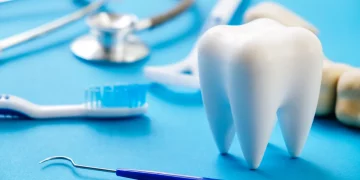



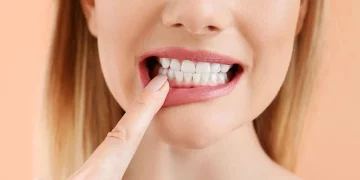
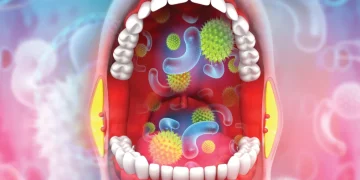
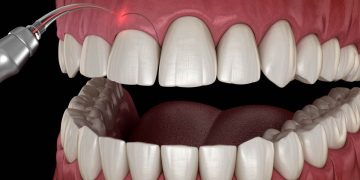
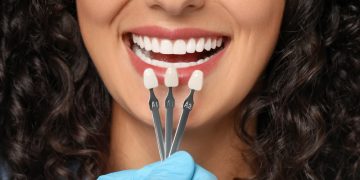

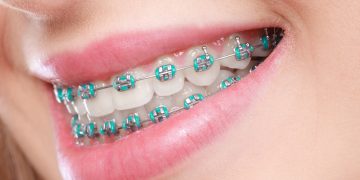

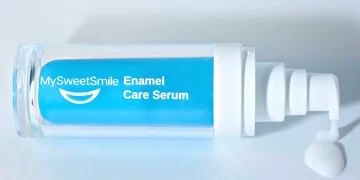







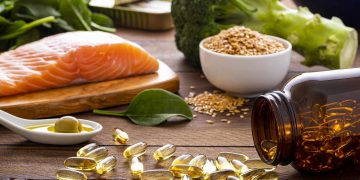










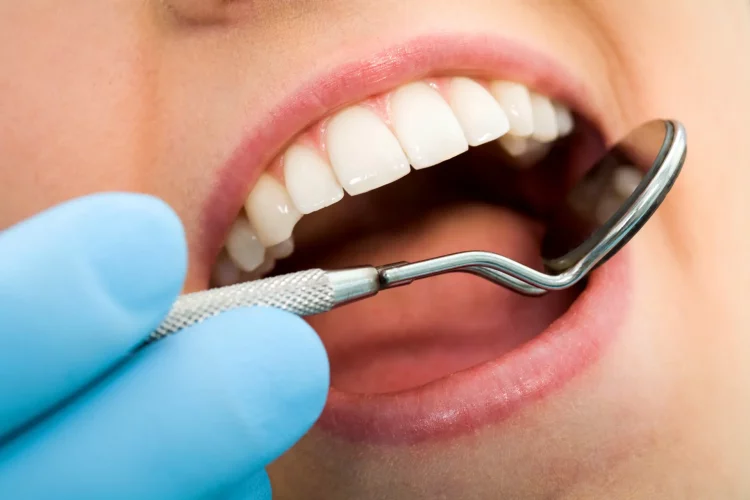













Discussion about this post